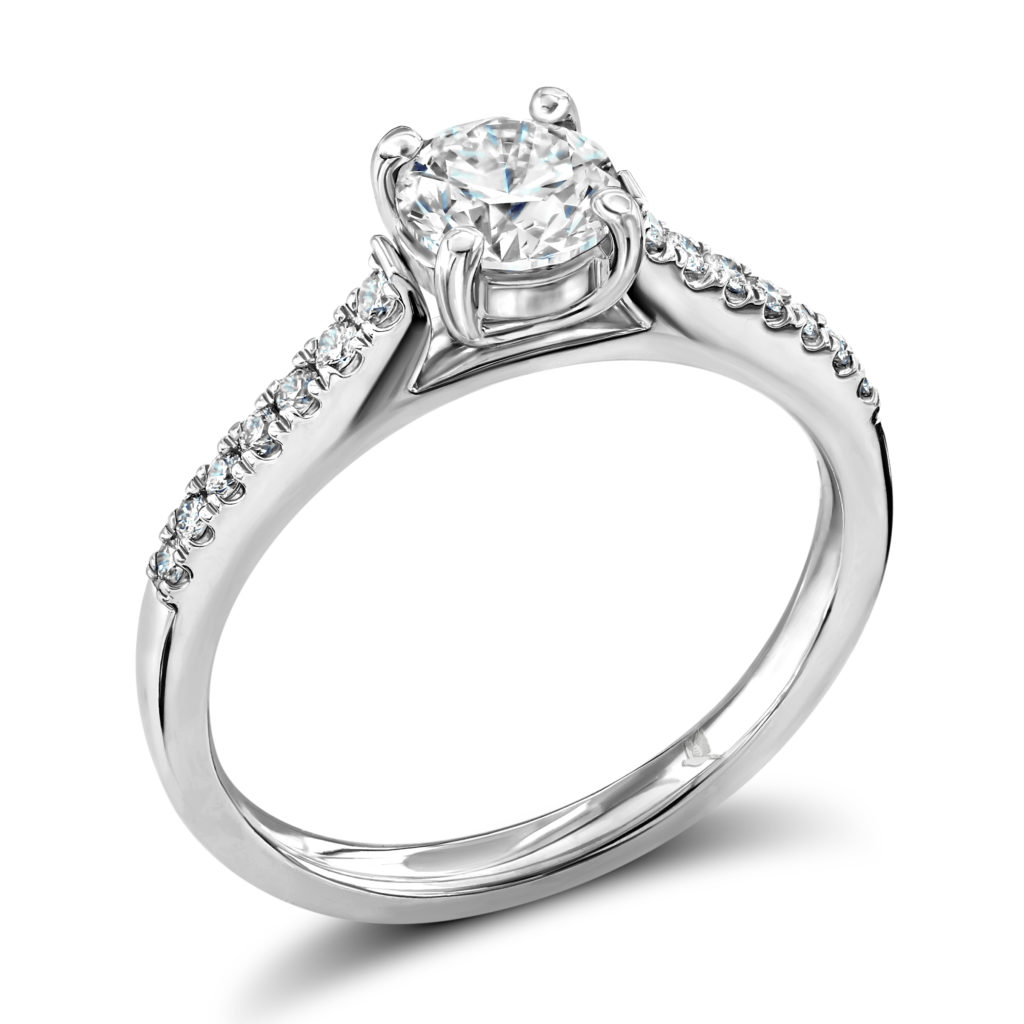
Gemstone Guide
One can so easily be captivated by the magnificence, beauty and enchantment of fine coloured gemstones. Coloured gemstones are often little understood and very underrated; some brief information on this fascinating topic will give some understanding and appreciation.
There are over 3000 identified minerals: although over 100 of these are considered gemstones, only about 50 are commonly used in jewellery.
Gemstones are generally minerals or rocks, which, when cut, faceted and polished display ‘beauty’. Some gemstones, such as amber, jet and coral are organic in formation. Coloured gemstones are beautiful, rare and long-lasting, many are collectible and can be set in jewellery
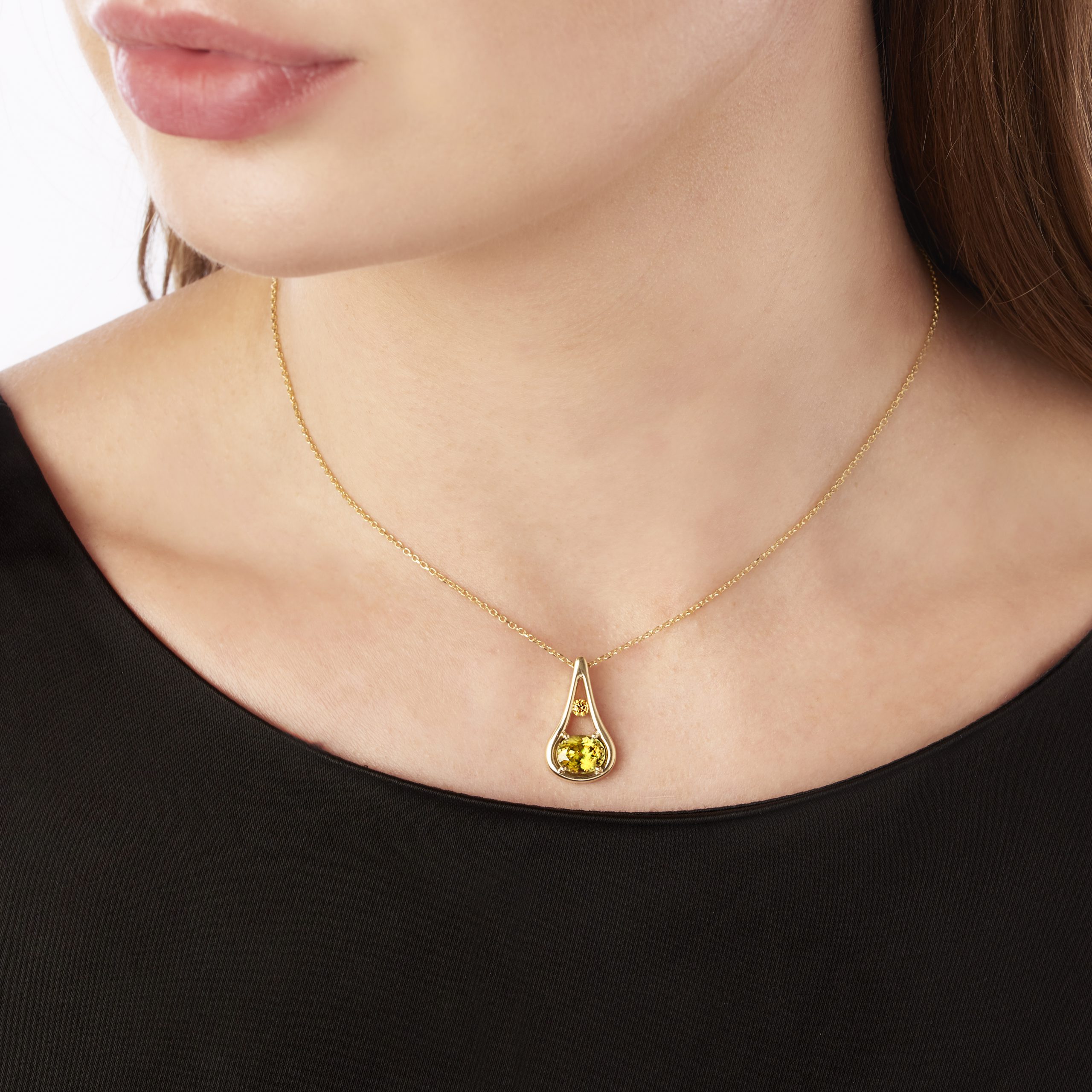
Gemmologists use technical specifications to classify gemstones.
The same 4 C’s (carat, cut, clarity, and colour) used to determine Diamond quality and characteristics are utilised for coloured gemstones.
Of all the 4 C’s, it is colour that is the most important. Colour choice is very personal, there is no right or wrong colour. It is a common perception that the darker the colour, the better the stone. However, if the colour is too dark, the stone can be dull and lifeless. The beauty of a coloured gemstone is largely judged on the strength and depth of colour saturation, tone, hue and brightness.
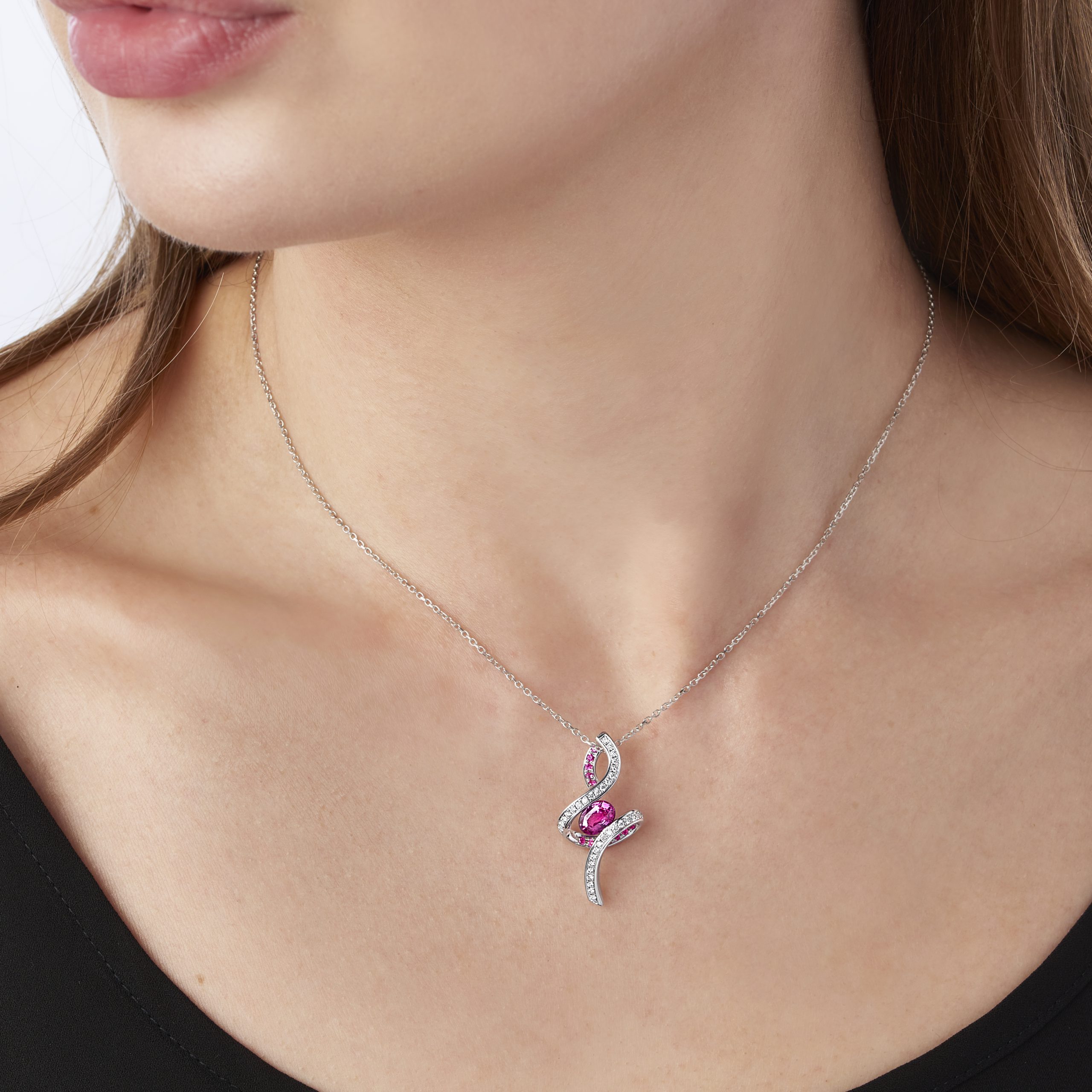
Overall, a fine coloured gemstone must be pleasing to the eye.
Not all gemstones are practical for everyday wear mostly due to the varying degrees of hardness. The ‘durability’ or hardness of a gemstone (how easily it may scratch or break) is measured using the ‘Mohs’ scale of hardness. The scale runs between the numbers one to ten, with diamond top at ‘10’ the hardest and talc numbering ‘1’ the softest.
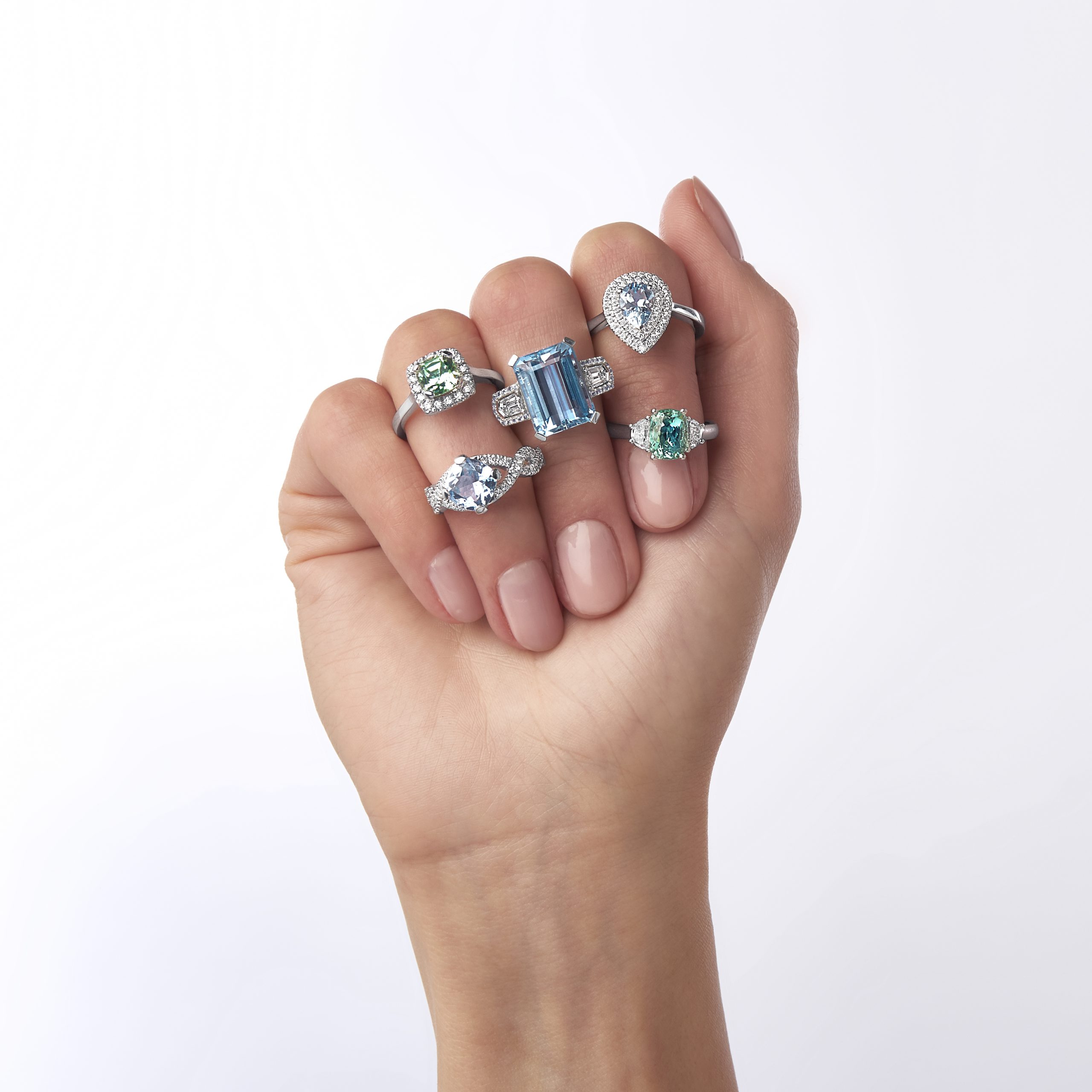
It is an acceptable fact of the industry that a high percentage of gemstones produced today have received some form of ‘treatment’. The most common being ‘heat treatment’. The gemstone is heated to a high temperature which enhances the natural colour: generally this is permanent and irreversible. In most circumstances, heat treatment can be regarded as a continuation of the earth’s natural performance. Many emeralds are commonly and acceptably oiled to enhance colour and conceal inclusions.
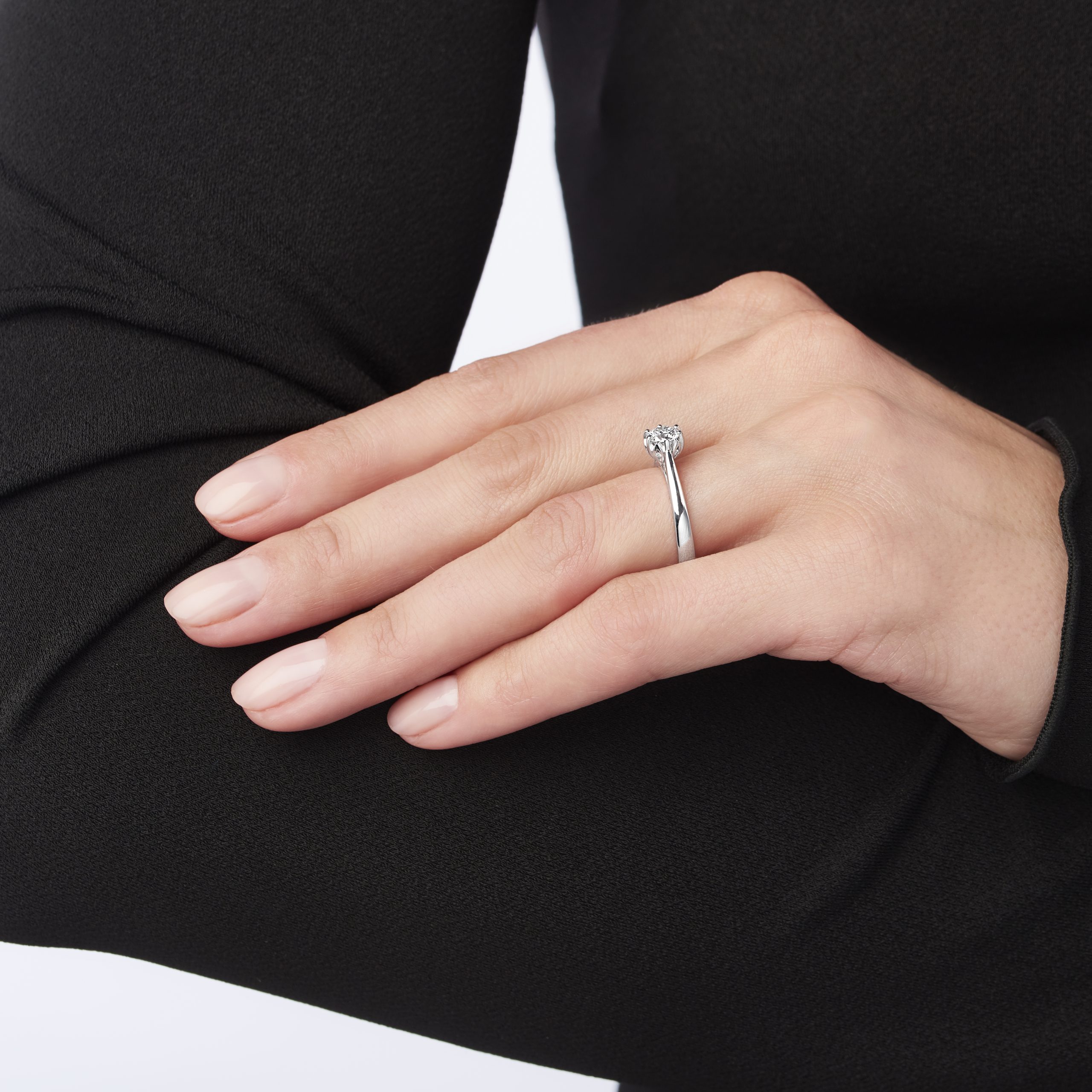
Gemstones were traditionally categorised into ‘precious’ and ‘semi-precious’ stones, however this is quite misleading as some ‘semi-precious’ stones may have a value far higher than that of a ‘precious’ stone. Jewellery is produced using many different coloured gemstones, the most popular, well established being ruby, sapphire, and emerald. Beautiful coloured gemstones, much underestimated, such as amethyst, aquamarine, citrine, topaz, tourmaline, peridot, tsavorite, spinel, garnet and more, too numerous to list here, are finally becoming better known and included within many jewellery ranges and Michael Platt particularly source fantastic gemstones, some lesser know, and include these in their Bespoke Ranges.